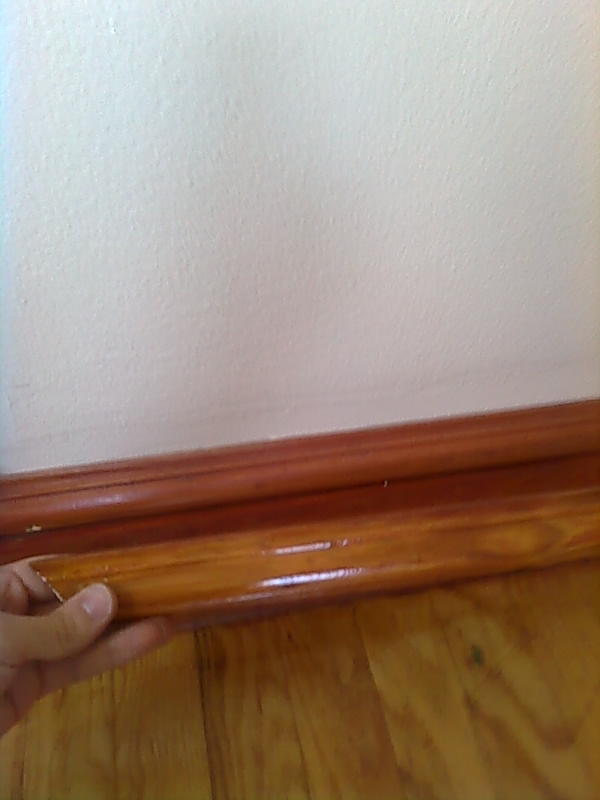I'm having trouble with polyurethane (Helmsman semi-gloss) drying much glossier than it should - like an extra-gloss instead of a semi-gloss. I'm using it on stained wood moulding, and when I did the majority of it in the winter, I got the expected semi-gloss sheen. But now It's coming out extremely glossy and does not match the rest (which is already installed). It's the exact same product (although a new can) and I even tried buying another can in case the can was defective, but I'm getting the same result. The only thing that seems to be different is the weather and possibly the conditions (heat) in which the cans were stored. Can exposure to heat in the can or while drying affect the sheen of polyurethane? Is there anything I can do to compensate?
Some pics:


